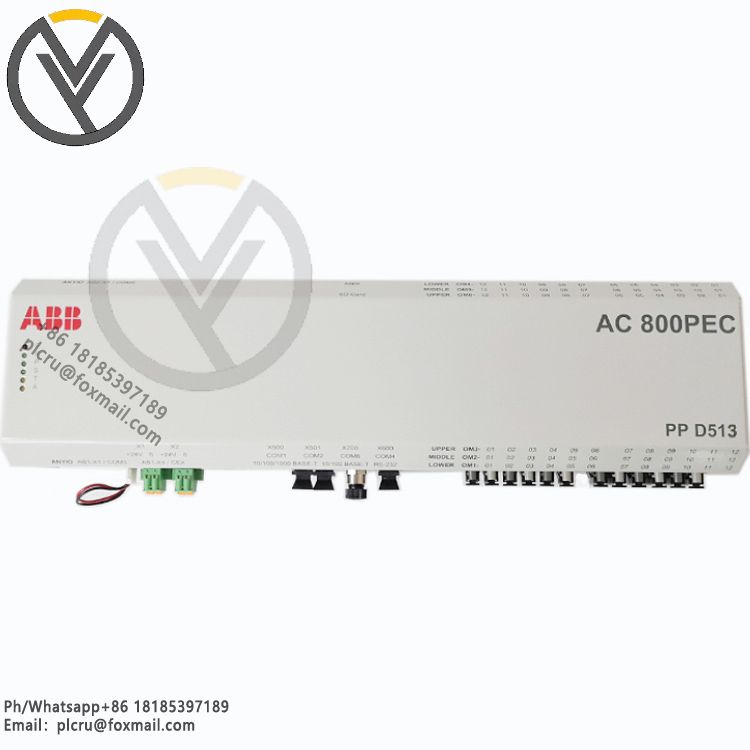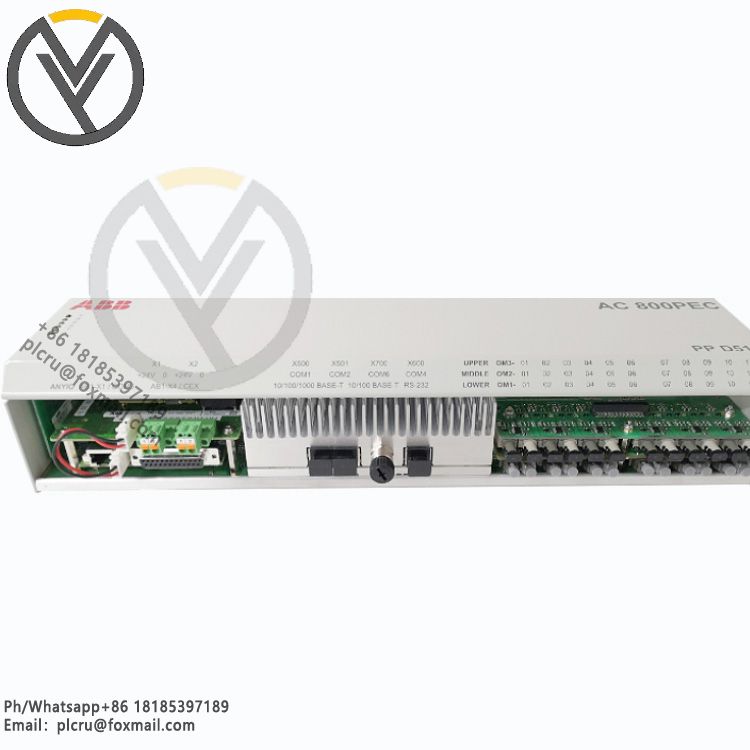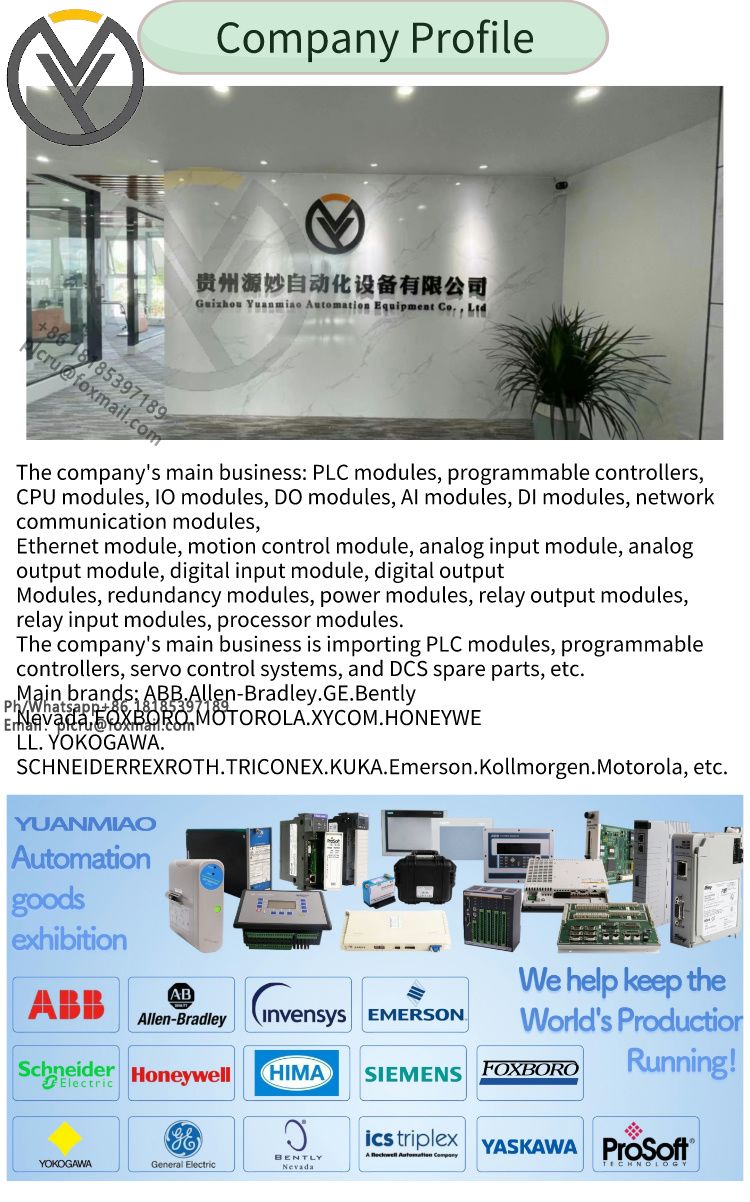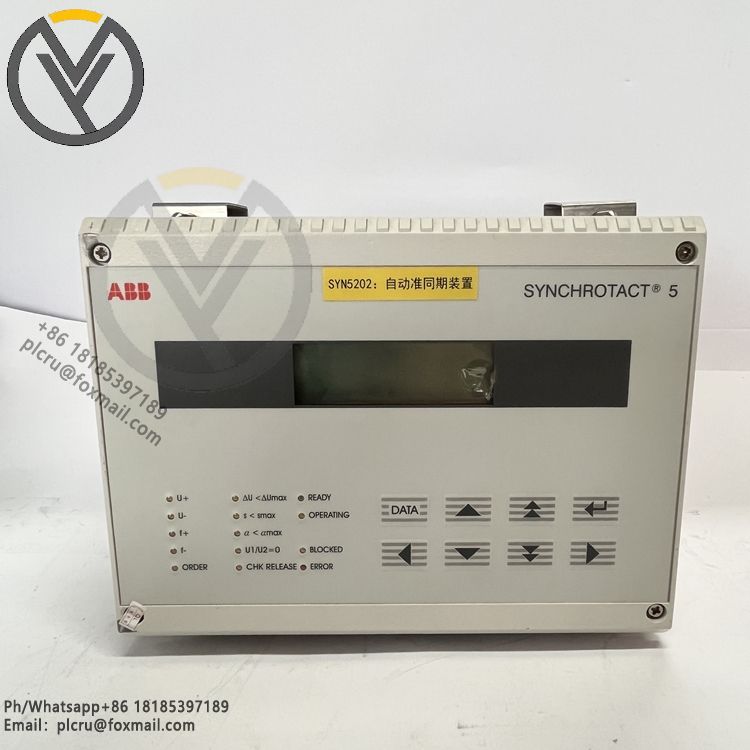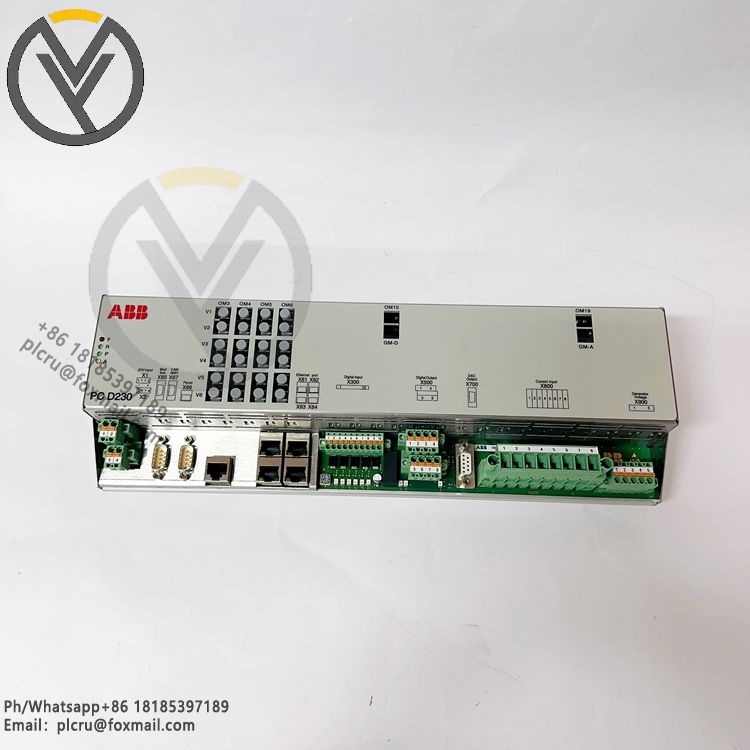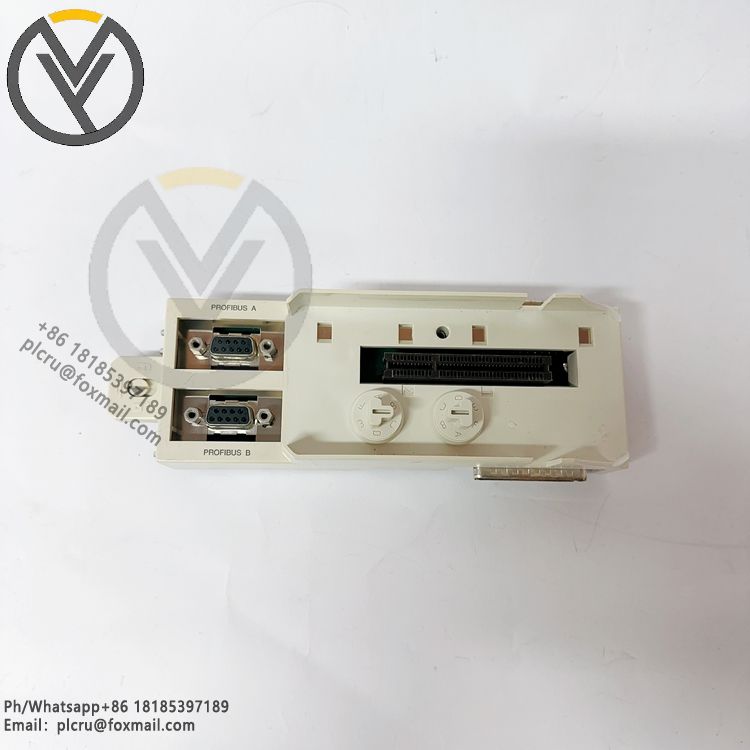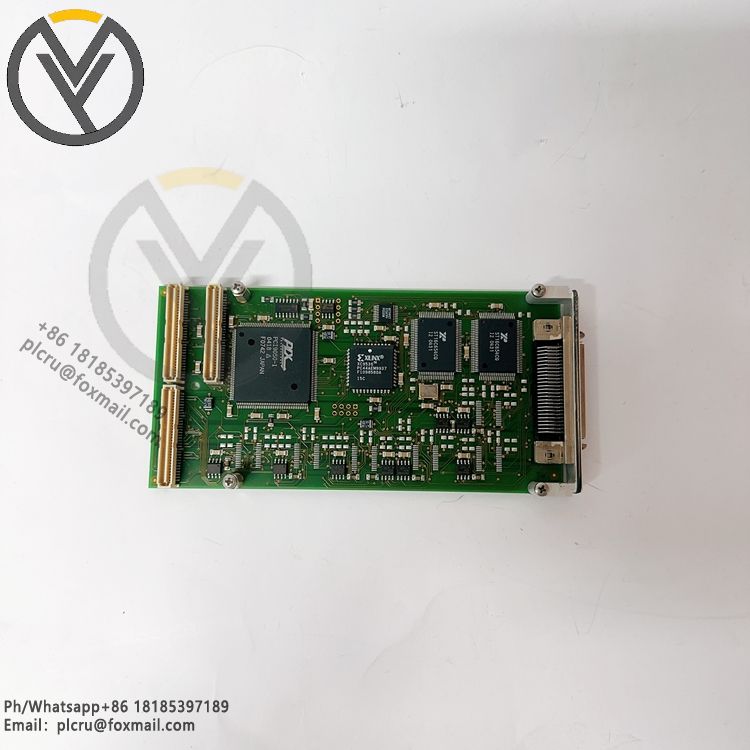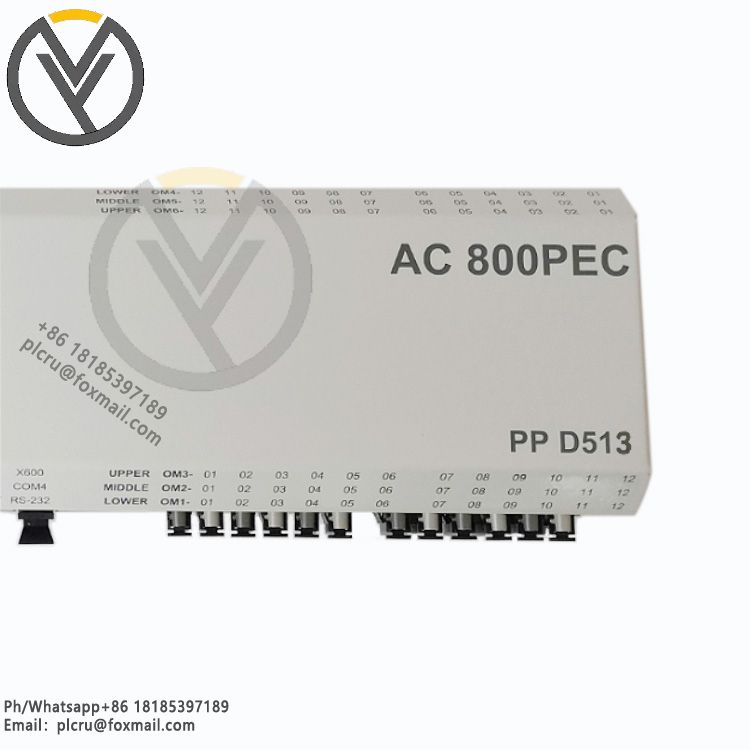
ABB PPD513 3BHE039724R2643 Excitation control system
Delivery time 3 days
Product origin New/used
Email plcru@foxmail.com
Mobile/wechat /WhatsApp +86 18185397189
ABB PPD513 3BHE039724R2643 Excitation control system is an automatic regulation
ABB PPD513 3BHE039724R2643 Excitation control system is an automatic regulation system for power transformers. The system mainly consists of a controller and an exciter, with the following core functions and features:
Automatic regulation: The controller uses the measured values of the transformer, such as voltage, current, temperature, and frequency, to calculate the required excitation voltage. The exciter converts the voltage output by the controller into the excitation current, which automatically adjusts the excitation voltage to ensure that the output voltage of the transformer is maintained within the set range.
Overvoltage and overcurrent protection: The system can prevent the transformer from overvoltage or overcurrent, and effectively protect the safe operation of the transformer.
Fault protection: The system has a fault protection function, which can take timely measures when the transformer fails to prevent further expansion of the fault.
Wide applicability: The system is suitable for all types of transformers, including AC, DC and thyristor transformers, and can be used in a variety of scenarios such as power generation, transmission and distribution.
In addition to the above functions, ABB PPD513 3BHE039724R2643 excitation control system also has the following technical features:
High responsiveness: The system uses an advanced intelligent control system, which can significantly resist external disturbances, improve system rigidity, and shorten positioning time.
Smooth and fast speed response: built-in state observer, stable and accurate speed tracking, can effectively inhibit mechanical vibration, greatly reduce the motor speed fluctuation, and smooth operation at low speed.
Motion bus control system: XDC series PLC, which adopts bus motion control mode, replaces the traditional pulse sending mode, adopts bus communication, the system speed is faster, and the wiring is simple and the wiring is shared.
Multiple control modes: The system supports external speed control mode and external torque control mode, which can be selected according to specific needs.

